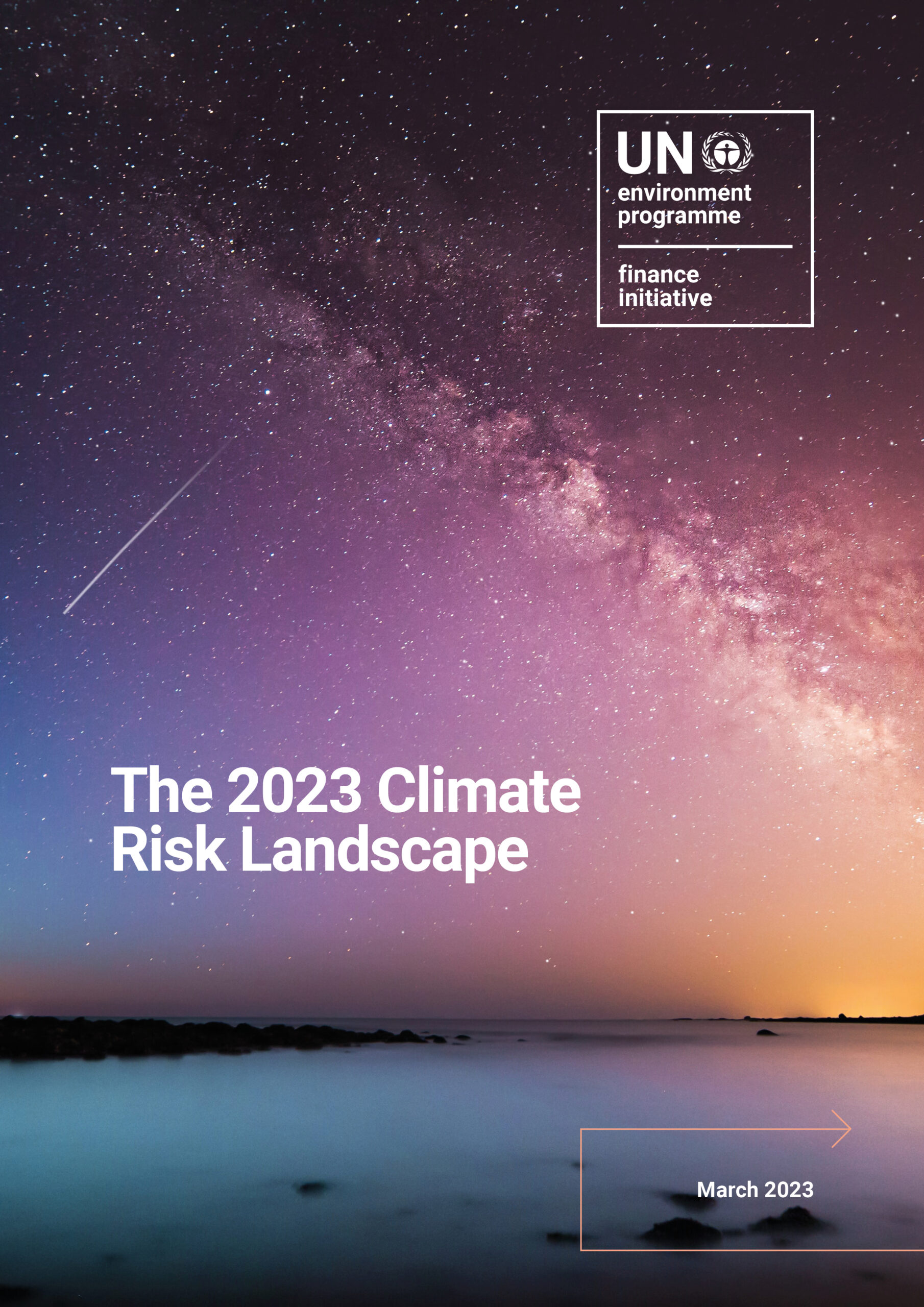COP29 held in Baku, Azerbaijan, offered an important opportunity for governments and other global stakeholders to put in place the mechanisms, tools and signals required for countries to continue implementing their contributions to the Paris Agreement as urgently needed. The main areas of negotiation were on:
- the design and key elements of the future climate financial architecture and the next collective quantified goal (NCQG) on climate finance;
- the rulebook for the future international, compliance carbon markets; and
- countries’ collective signaling on mitigation ambition, as follow up to the various energy transition objectives captured in last year’s COP28 ’UAE Consensus’.
As widely reported elsewhere, while opportunities were missed to create the required clarity and determination on finance and ambition, there was some good news, even a breakthrough, on the establishment of government-backed, international carbon markets of the future.
This summary highlights the recent, impressive achievements of the UNEP FI-convened net-zero groups, progress on financing climate adaptation, and the implications for financial institutions of some of the summit’s outcomes.
Outlining the implications of COP29 outcomes for financial institutions
On climate finance: Governments reached agreement on financing for developing countries, firstly a ‘goal’ of USD 300 billion by 2035 which represents a tripling of the last goal agreed on at the Copenhagen COP in 2009, and a second wider, ‘aspiration’ of USD 1.3 trillion to be mobilized by 2035. It is not clear how these sums will be raised and who will deliver the finance, which may prove problematic.
On carbon markets: The only real breakthrough at COP29 was the finalization of rules pertaining to international, high-integrity government-backed carbon markets, after a decade of negotiations. This is good news because carbon markets reduce the cost of decarbonization and as such can increase member states’ ambition to decarbonize to the levels that we need.
Showcasing ambitious action on decarbonisation, signalling to policymakers
UNEP FI’s role at COP29 was to showcase the leadership that the finance industry is demonstrating to advance decarbonisation around the globe and sustain the ambition to keep to 1.5 degrees of warming. As the convener of the world’s largest network of banks and insurers, it is part of UNEP FI’s remit to remind governments and their delegations, as they take part in negotiations on their contributions to climate finance, of the commitments and the progress that large groups of financial institutions have already made, and to amplify the voice of financial institutions as they call on policymakers to take more effective action.
Through the UNEP FI-convened net-zero alliances, hundreds of financial institutions have committed to aligning all their financing with 1.5 °C, many having already set quantitative near-term targets, and are now reporting year on year on 1.5 °C compatible decarbonization progress.
Net-Zero Export Credit Agencies Alliance: Aligning trade finance with net zero
A key UNEP FI-led initiative at COP29 was the launch of the Net-Zero Export Credit Agencies Alliance (NZECA)’s first Target-Setting Protocol. The new tool provides guidance to export credit agencies (ECAs) and export-import banks (Exlm) on setting long-term and intermediate science-based climate targets and related disclosures, helping members to fulfil the commitments they have made.
ECAs and Exlm banks play a pivotal role in financing large-scale industrial and infrastructure projects that are critical to the global economy. While the Protocol is primarily developed for setting NZECA members on the path to net zero, it can also be used by a wide variety of ECAs and ExIm banks from around the world to accelerate the decarbonisation of international trade globally. It will be updated regularly, and members will report on their target-setting progress via an annual progress report.
The NZECA Target-Setting Protocol highlights UNEP FI’s ability to convene diverse stakeholders and develop actionable solutions that balance economic growth with climate objectives. The work of NZECA provides a model for aligning large-scale financing with the goals of the Paris Agreement.
Forum for Insurance Transition to Net Zero: Closing the gap on transition plans
The UNEP led and convened Forum for Insurance Transition to Net Zero (FIT), launched its inaugural report at COP29. “Closing the gap: The emerging global agenda of transition plans and the need for insurance-specific guidance” is the first global guide on transition plans for insurance companies and first deliverable of the FIT Transition Plan Project.
The FIT report provides a first-of-its-kind global roadmap to help insurance companies develop and disclose credible transition plans in the context of their underwriting portfolios. To better understand the need for and importance of transition plans, the report also outlines the existing typology of transition plans, the landscape of emerging policies and regulations relevant to transition plans, and the evolution of transition plan frameworks and guidance.
Insurers, in their triple role as risk managers, risk carriers and investors, play an important role in helping to support a just transition to a resilient net-zero economy. The FIT guidance provides actionable steps to help insurers turn their climate ambition into climate action.
Alliances of banks and asset owners demonstrating significant progress on their commitments ahead of COP29
In the lead-up to COP, the Net-Zero Asset Owner Alliance (NZAOA) and Net-Zero Banking Alliance (NZBA), published progress reports demonstrating that financial institutions continue to join the pioneering groups and reporting the advances they are making in setting science-based targets, publishing transition plans, and by showing increasing portfolio alignment with the Paris Agreement. NZAOA also published its updated position on governmental carbon-pricing following a call to governments to understand climate change as the largest source of systemic risk earlier in the year.
Calling on governments to act: over 600 financial institutions sign the Global Investor Statement on Climate Change
The final iteration of the Global Investor Statement on Climate Change was published just ahead of COP. Over 600 institutional investors representing more than USD 30 trillion in assets under management used the statement to call for policy action, asking governments to take action in several areas such as: ensuring that 2030 and 2035 targets in Nationally Determined Contributions (NDCs) align to limit global temperature rise to 1.5°C and are submitted to the UNFCCC by early 2025; implementing robust carbon pricing mechanisms, and removing fossil fuel subsidies and replacing them with clean energy subsidies or tax breaks that boost clean energy deployment and bolster low-emission fuels. This year, over 30 banks also added their name to the list, signaling to policymakers that these requests come from financial institutions across the industry and the globe.
The New Collective Quantified Goal: A blueprint for scaling climate finance
At COP29, UNEP FI played a leading role in bringing together financial experts from public and private financial communities worldwide, from developed and developing countries, to craft a set of consolidated recommendations as to how countries should design and implement the NCQG for maximum climate mitigation and adaptation investment and impact, particularly in developing countries and emerging economies.
These expert recommendations underscore the urgency of scaling climate finance to align with the magnitude of the Paris Agreement’s objectives. In fact, to set the world on a Paris-compatible path, the NCQG needs to play a catalytic role in quadrupling climate finance flows over the next two to four years, with a focus on directing resources to developing countries. UNEP FI’s contributions emphasized the need to leverage public finance to unlock private capital, particularly through concessional financing mechanisms, policy reforms, and systemic interventions that create investment-friendly environments.
Key recommendations included ensuring that public finance supports regulatory and jurisdictional interventions to make Paris-aligned investments more financially viable than non-aligned ones. This strategic approach aims to address barriers to scaling private finance, particularly in emerging markets and developing economies (EMDEs), where financing gaps remain most acute.
UNEP FI’s involvement in the NCQG framework demonstrates its commitment to bridging the gap between public and private finance. As negotiations progress, UNEP FI will continue to advocate for policies that enhance financial flows for climate mitigation, adaptation, and resilience.
Addressing adaptation finance gaps
COP29 also highlighted the urgent need to scale adaptation finance, with UNEP FI emphasizing the role of concessional finance, metrics, and taxonomies in mobilizing private investment. The Adaptation and Resilience Investors Collaborative (ARIC), supported by UNEP FI, showcased strategies for leveraging public finance to unlock private capital for resilience-building initiatives in climate-vulnerable regions.
These discussions underscored the importance of integrating adaptation finance into the broader climate finance framework, ensuring that developing countries have access to the resources needed to build resilience against escalating climate impacts.
Reflecting on COP29: A foundation for future action
COP29 served as a platform for UNEP FI to demonstrate the financial sector’s leadership in addressing climate challenges. Through initiatives like the NCQG, NZECA, and FIT, UNEP FI showcased the potential of finance to drive systemic change. However, the conference also revealed significant gaps in implementation, accountability, and ambition, underscoring the need for continued advocacy and innovation.
Looking ahead
As attention shifts to COP30 in Belém, Brazil, and we note that two member states, Brazil and the UK, did convey that their next NDCs would be of much higher ambition than their previous ones, the hope that COP29 would serve as a springboard for higher levels of country ambition ahead of the next submission round of countries’ climate plans in the first half of 2025 did not materialise, nor was there clarification on the previous agreement at COP28 in Dubai to triple global renewable energy capacity and double the average global annual rate of energy efficiency improvement by 2030 to support the transition away from fossil fuels.
However, UNEP FI’s work at COP29 and beyond does lay a solid foundation for future progress for financial institutions to play their part in growing climate finance. UNEP FI remains committed to supporting its members in aligning financial systems with global climate goals providing the tools, insights, and partnerships needed to translate ambition into action. By providing learning opportunities, developing actionable frameworks, and advocating for systemic policy changes, UNEP FI will continue to lead the charge in mobilizing finance for a sustainable, resilient future. Together, the financial sector and its stakeholders can turn today’s challenges into opportunities, ensuring a just and sustainable transition for generations to come.


